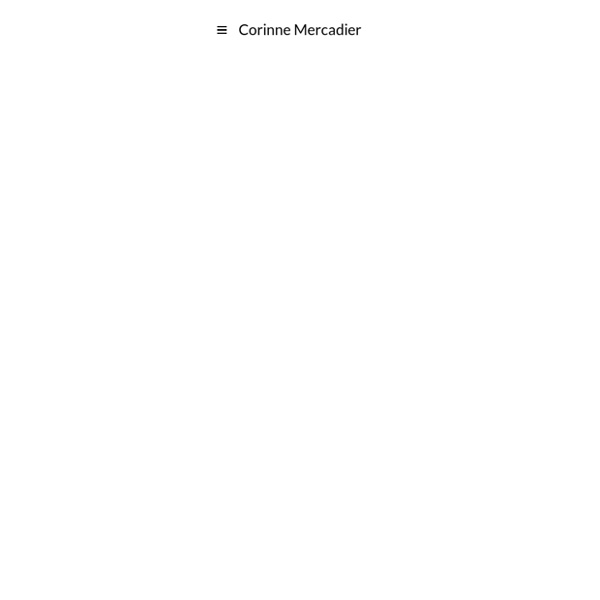



François Deladerrière Miss Buffet Froid Hippolyte Bayard: November 2009 This photograph shows plastic found in the stomach from the carcass of a Laysan Albatross fledgling. Collected and arranged by Dr Cynthia Vanderlip, Division of Forestry and Wildlife, Hawaii. Photograph: Rebecca Hosking/Philosophical Transactions of the Royal Society Atollo di Midway, "a più di duemila miglia dal continente più vicino", alcune settimane fa.Carcasse di piccoli di albatros fotografati come reperti investigativi, la stessa immagine per ogni animale morto, la più triste forma di tipologia fotografica. Midway atoll, "more than 2000 miles from the nearest continent",a few weeks ago.Carcasses of albatross chicks photographed almost like police evidences, the same shot for every dead animal, the saddest possible form of photographic tipology. Paolo Pellegrin, uno dei fotografi in prima linea della Magnum, ha detto: “Mi interessa di più una fotografia ‘incompiuta’, una fotografia che sia suggestiva e che possa suscitare una conversazione o un dialogo.
Driss AROUSSI 2022 • Artorama JPUKB FR MRS Lebenswelt, sur une proposition d'Atelier vis à vis, Marseille• JPUKB FR MRS Lebenswelt, à l'Urban Gallery, sur une proposition d'Atelier vis à vis, Marseille• Foire PArC Peru Art contemporánéo, galerie Younique (Paris), Pérou• Déclencheur, galerie Territoires Partagés, commissariat collectif DEUXBIS, Marseille• Extension du domaine de l'abstrait, galerie Bessière, commissariat Philippe Cyroulnik, Chatou, France 2021 • Petit format, galerie Younique, Paris• Déplacer l'horizon, Centre photographique Marseille, commissariat deuxbis• La photographie à l'épreuve de l'abstraction, Centre Photographique Île de France, commissaires Nathalie Giraudeau, Audrey Illouz, Véronique Souben 2017 • Gamerz 13, Fondation Vasarely, commissaires Quentin Destieu et Sylvain Huguet, Aix-en-Provence• Matérialité photographique, Gestes Paris, commissaire Marc Lenot, Paris 2015 • 60ème salon de Montrouge• I comme Icare, École d'art, Denain
Concours - Blipoint concours > Très souvent on a l'occasion de capturer des images de certains animaux qui nous entourent, que ce soit de nos mascottes, en se promenant le dimanche dans un zoo, ou dans leur environnement naturel. Transmettez à travers vos images vos meilleures créations en matière d'animaux. Vous pouvez participer avec vos oeuvres créées à partir d'iilustrations, de photographie et d'arts graphiques en général. Peu importe la technique que vous utilisiez. 28 of Janvier of 2014 a 31 of Juillet of 2014 La présélection des 100 premières images se fera par un système de votes, ensuite un jury qualifié sélectionnera les 20 images Concours Galerie:Expose tes images dans des galeries d’avant-garde en relation avec les thèmes suivants:Concours en ligne:Publie tes images qui illustrent ces thèmes et tu bénéficieras de merveilleuses opportunités:Photo Spring | Photo Fauna | PhotoFoodConcours premium:Portrait | Photo Rain Concours antérieurs:
Adam Jeppesen MICHAL MACKU Cyrille Weiner - Portfolio sebastienreuze.net FOTO POVERA faustine ferhmin | Perception Park faustine ferhmin faustine ferhmin, dans la série intitulée , photographie l’espace. le terme fait signe vers un temps plus vaste que celui de l’histoire humaine : il signifie «révolution, bouleversement» (cuti) de l’«espace-temps» ou de la «terre» (pacha). cette notion centrale dans la pensée cosmogonique inca désigne les cycles réguliers de destruction et de recréation cataclysmiques du monde. même si les ruines sont présentes sur ces photographies, prises au pérou, ce n’est pas une approche d’historienne qu’adopte faustine ferhmin : chaque photographie est plutôt une confrontation avec une immensité abrupte, dont les spécificités géologiques participent à une véritable architecture de l’espace. {*style:<i> </i>*}{*style:<i> </i>*}{*style:<i> </i>*}{*style:<i> </i>*}{*style:<i> </i>*}{*style:<i> </i>*}{*style:<i> </i>*} faustine ferhmin est née en 1980, elle vit et travaille à paris. www.faustine-ferhmin.com
Guillaume Martial Brigitte Ollier best regards Walead Beshty American photographer Walead Beshty (born London, UK, 1976) is a Los Angeles-based artist and writer. Beshty was an associate professor in the Graduate Art Department at Art Center College of Design, Pasadena, and has taught at numerous schools including University of California, Los Angeles; University of California, Irvine; the California Institute of the Arts; School of the Art Institute of Chicago; and the MFA Program at Bard College. Beshty has exhibited widely in numerous institutions and galleries around the world. Education[edit] Beshty earned a Bachelor of Arts from Bard College in 1999, and a Master of Fine Arts from Yale University School of Art in 2002. Practice[edit] "Games aren't constituted with a particular outcome. "Art itself has the potential to democratize aesthetics and reimagine aesthetic production as communal, available and non-hierarchical. " … you can't produce negatively, production is an active, cumulative process Works[edit] Travel Pictures[edit] Photograms[edit]